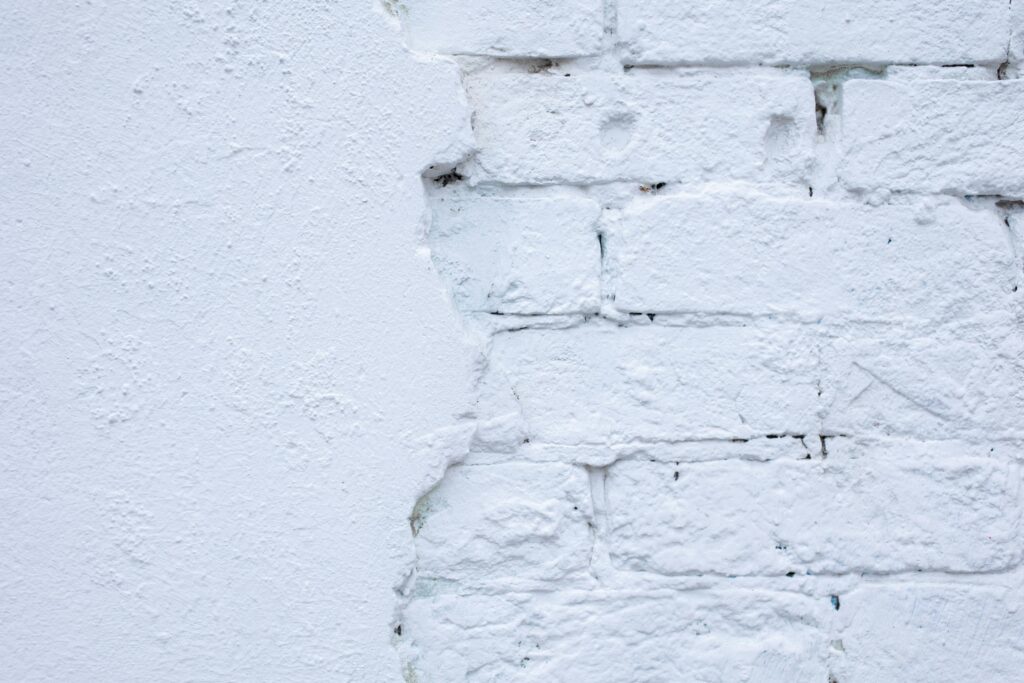Wondering how long after plastering you can paint? Don’t risk ruining your fresh plaster with premature painting – here’s the expert timeline for perfect results.
Understanding Plaster Drying Times: The Essential First Step
Fresh plaster requires adequate drying time before painting to ensure a lasting, professional finish. The drying process involves both surface drying and deeper curing, with several factors affecting the timeline. Temperature, humidity, ventilation, and plaster thickness all play crucial roles in determining how quickly your walls will be ready for paint. Typically, new plaster needs 3-4 weeks to dry completely, though this can vary based on environmental conditions. Modern plasters may dry faster, but rushing the process can lead to peeling paint, uneven coverage, and long-term damage to your walls.
The Complete Plastering to Painting Timeline
Following a proper timeline is essential for achieving the best possible finish. Here’s a detailed breakdown of what to expect at each stage of the drying process:
Days 1-4: Initial Drying Phase
During the first few days, your plaster will appear dark grey due to moisture content. The surface should gradually lighten as it dries. Proper ventilation is crucial during this phase – open windows when possible and use fans to circulate air. Avoid using heaters directly on the plaster, as this can cause uneven drying and cracking.
Days 4-7: Mist Coat Ready
When the plaster has dried to a uniform light pink or pale colour, it’s ready for a mist coat. This typically occurs between days 4-7, though humidity levels can affect timing. The surface should feel dry to the touch but cool, indicating moisture is still present beneath. Test readiness by tapping the surface – it should sound solid rather than hollow.
Weeks 2-4: Full Curing Period
While the surface may appear dry, complete curing takes 2-4 weeks. During this time, the plaster continues to strengthen and stabilise. Rushing to apply final coats before full curing can trap moisture, leading to bubbling and peeling later. Professional plasterers recommend waiting at least 3 weeks before applying final paint coats.
Preparing Your Plaster for Painting
Surface Preparation Tips
- Check for complete drying by looking for uniform colour across the surface
- Gently sand any minor imperfections using fine-grit sandpaper
- Remove all dust with a soft brush or vacuum
- Repair any small cracks or damages before proceeding
- Ensure room temperature remains stable during preparation
The Importance of the Mist Coat
The mist coat is crucial for creating a proper bond between plaster and paint. Mix standard emulsion with water in a 70:30 ratio (paint:water) for the perfect consistency. This watered-down first coat allows proper absorption and prevents future peeling. Never use PVA as a substitute for a mist coat, as it can seal the surface too completely and prevent proper bonding.
Common Mistakes to Avoid
- Painting too soon before complete drying
- Using undiluted paint for the first coat
- Applying PVA as a sealer
- Using too thick a mist coat
- Neglecting proper ventilation during drying
- Rushing between coats
- Using inappropriate paint types
Professional Tips for Perfect Results
Achieving a professional finish requires attention to detail and the right techniques. Use a roller with a medium pile for even coverage, and always work in good lighting to spot any imperfections. Apply paint in thin, even coats rather than one thick layer. Temperature control is crucial – maintain room temperature between 10-20°C during painting and drying. For the best results, use quality materials and tools, as cheaper alternatives may lead to poor coverage and durability.
Special Considerations and Troubleshooting
- High humidity areas may require longer drying times
- Use dehumidifiers in damp conditions to speed up drying
- Consider specialist paints for bathrooms and kitchens
- Address any signs of efflorescence before painting
- Monitor weather conditions when painting – avoid extremely hot or cold days
Final Steps to a Professional Finish
Final Inspection Tips
Before applying your final coats, conduct a thorough inspection of the surface. Check for any remaining imperfections, ensure even absorption of the mist coat, and verify complete drying. Test a small area first if unsure about readiness. Good lighting is essential for spotting potential issues before they become problems.
Professional Application Techniques
- Use W-pattern rolling techniques for even coverage
- Maintain wet edges while painting to prevent lap marks
- Apply multiple thin coats rather than one thick coat
- Allow proper drying time between coats
- Use appropriate brushes for cutting in around edges
- Consider using a paint conditioner for smoother application
Following these guidelines ensures your newly plastered walls will look professional and last for years to come. Remember, patience during the drying and preparation phases pays off with superior results that will enhance your home’s appearance and value.
FAQ
What happens if I don’t mist coat plaster?
Without the mist coat you’re likely to have very poor adhesion between your paint and your plaster and quite often it will crack, flake or even peel off in sheets in some instances!
How long between plastering and painting?
General Drying Time for Plaster In most cases, plaster needs between 2 to 4 weeks to dry fully before you can safely apply paint. This timeframe can vary based on several factors, which we’ll break down further.
How long after plastering outside can you paint?
With freshly plastered surfaces, leave approximately six months to dry completely before painting.
Is it OK to paint straight onto plaster?
Before painting your wall, you need to let the plaster dry completely. Painting over plaster when it’s not dry can cause problems later, so if in doubt, always wait until you’re confident it’s dried completely.
How long does it take for plaster to fully cure?
The curing times for most common plasters found in the home is between four to six days, but some specialist plasters can take up to one month. This is the basecoat that’s typically applied to block or brick work to prepare walls, and to ceilings too, for the finishing plaster.
Sources
[1] https://lopcocontracting.com/how-long-should-plaster-cure-before-painting-it/
[2] https://www.youtube.com/watch?v=YhsNLH3zaMk
[3] https://www.promain.co.uk/blog/resource-centre/how-and-when-to-paint-new-plaster/

